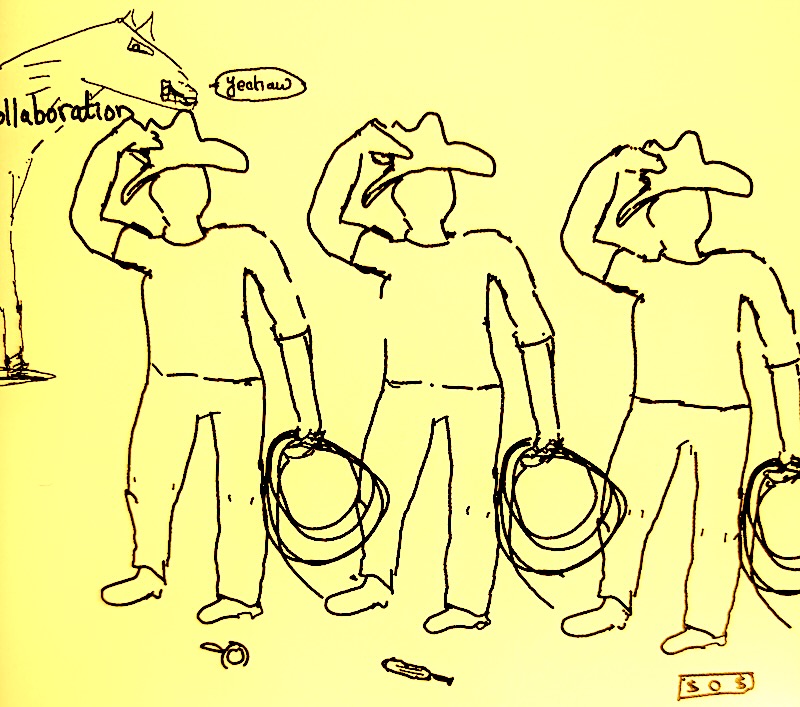Creating and leading high-trust engineering teams for success

Estimated reading time: 4 minutes
If you’re starting a team, you want it to be a strong, cohesive group. One that trust all its members. I call such teams ‘high-trust’ teams. In this piece, I expand on what such a team might behave, and how you could go about creating one. A strong team with high trust, and good relations with external leadership, is a powerful and effective force.
Consider the Orchestra. The conductor’s baton doesn’t dictate each note, it guides, to create a harmony of instruments. Like the orchestra, a high-trust engineering organization isn’t about control. You as a leader need to cultivate an environment where individuals combine into an effective force.
What do high-trust engineering look like? They definitely lack distrust. They are also held held together by mutual respect, great communication, and have shared values. They place mutual trust and shared values above organizational structure. Such teams encourage ideas to flow freely, diverse perspectives to be shared, and honest feedback to be provided. You need to create an environment where members must feel psychologically safe to experiment and learn. To align goals and assure everyone’s contributing their best, prioritize transparency and mutual accountability the highest. Your role as a leader in such groups is to empower and guide, not dictate. You must trust your team to perform autonomously and celebrate their achievements.
Building such an ensemble is not an easy task. The music must go on even when conflicts arise. By trusting their teams, you can let loose the full potential of their teams.
But many organizations inadvertently create dissonant orchestras. For example, secrecy and lack of open communication can make people suspicious. Such suspicion drives wedge between teammates. Engineers become isolated soloists, hesitant to share their contributions. Like an out-of-tune orchestra, the teams produce boring and uninspired performances. Such lack of trust is expensive. Communication breakdowns due to mistrust can lead to productivity losses, duplicate work, and self-undermining politics. The absence of trust also stifles exchange of ideas for innovation. It leads to high employee turnover. Losing teammates is like losing skilled musicians mid-performance. It disrupts the group’s ability to deliver. That ultimately leads to reduction in customer satisfaction. Nobody wins when team conflict causes lagging delivery times and response delays.
And so, for a high-trust team, members must actively listen, respectfully disagree, and readily share information. It’s important to be vulnerable and transparent to build trust. Regular team meetings, clear expectations, and an open-door policy are the ensemble rehearsals. The team backlog is the sheet music.
Leaders with a clear vision, and good delegation skill need to see themselves as a conductor who inspires and guides. They’re not meant to be the hardest-working technical contributor. They need to let their performers shine within the composition. Leaders need to be open to admitting mistakes, celebrating successes, and asking for honest feedback. They must show that they’re committed to creating a trusting environment. They must create a sense of safety, where individuals feel comfortable to take risks and experiment without fear of judgment.
Building a high-trust team isn’t a solo performance. It requires a full orchestra, so to speak. Leaders need to set clear individual expectations, and a shared responsibility for the group. Contributors have to understand their role clearly and trust their teammates to do their parts. What that means is, every team must allow for diverse roles. There must be flexibility in integration and collaboration. Not everybody is meant to excel at the same thing. Even the most introverted contributors should be supported to contribute meaningfully.
Measuring the impact of trust is tricky. Get qualitative data on productivity, and collect quantitative feedback from team members for a holistic performance review. There’s going to be considerable mistrust and resistance if you’re moving from ‘regular’ or ‘low-trust’ environments. Leaders need to show the vision of long-term benefits of high trust. Trust-building activities with the teams, aligning them with organizational goals can help speed up the process.
There will be obstacles on the way, the transition is often hard. Leaders used to micromanagement might fear losing control. Short-term performance pressures can overshadow the long-term benefits. Cultural mistrust can create resistance. If the leadership is unaware, or apathetic, to the negative impacts of low-trust, this is all pointless. It’s going to take considerable time and resources to create such tight teams. But the effort is going to be worth it.
